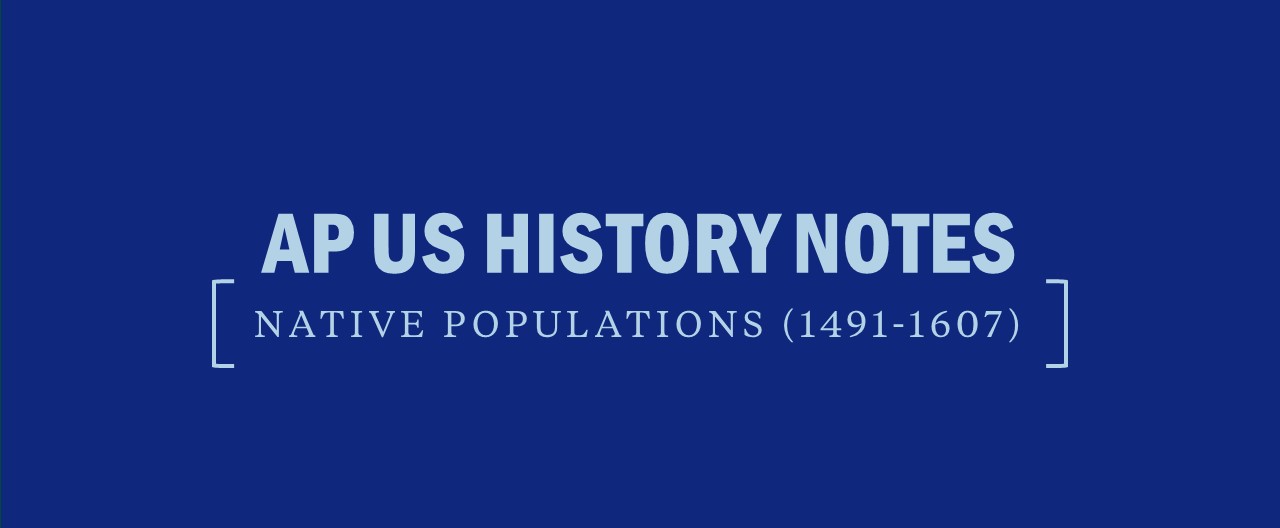AP US History Exam: Period 4 Notes (1800-1848)
Remember that the AP US History exam tests you on the depth of your knowledge, not just your ability to recall facts. While we have provided brief definitions here, you will need to know these terms in even more depth for the AP US History exam, including how terms connect to broader historical themes and understandings.
The Election of Thomas Jefferson
- Federalists: Supported an orderly, efficient central government that could protect their economic status; these well-organized leaders often wielded significant political control. Members included George Washington, Benjamin Franklin, and Alexander Hamilton. An early political party. See: Anti-Federalists, Alien and Sedition Acts.
- Thomas Jefferson: Third President. Served 1801–1809. Authored the Declaration of the Independence. He led the U.S. through the Tripolitanian War and avoided involvement in the Napoleonic Wars. In some cases, Jefferson adhered to the letter of the Constitution, while at other times (such as with the Louisiana Purchase) he adopted a loose interpretation. For example, he kept many of the hallmarks of the Federalist Era intact (such as Hamilton’s economic system), but he had the citizenship requirement of the Alien Act reduced to five years and abolished the excise tax.
- Electoral College: A name for the group of electors that decides who the president and vice-president will be. Whichever candidate receives the majority of electoral votes wins. If no candidate receives a majority, the presidential election is thrown to the House. The Senate elects the vice president. It is possible to win the electoral college but lose the popular vote; this scenario has happened on five occasions: 1824, 1876, 1888, 2000, and 2016. The Electoral College was modified by the Twelfth Amendment.
- Democratic-Republicans: One of the first political parties in the United States. They opposed the Federalist Party. They supported states’ rights and favored agrarianism. Members included Thomas Jefferson, James Monroe, and Aaron Burr. Following the party’s fragmentation during the Era of Good Feelings, a faction led by Andrew Jackson became dominant. That faction formed the Democratic Party, which still exists. See: Anti-Federalist
- Aaron Burr: Third Vice President (1801–1805). Served during Thomas Jefferson’s first term. Famously killed Alexander Hamilton in an 1804 duel. Tried but acquitted on charges of treason in 1807 over allegations he conspired with foreign agents to overthrow Spanish rule in what became the American Southwest, in order to establish a new nation with himself as ruler.
- Alexander Hamilton: Founding Father and co-author of the Federalist Papers. Split the Federalist ticket in the Election of 1800, weakening then-President John Adams enough to allow Thomas Jefferson to win. In an 1804 duel, he was shot and killed by Vice President Aaron Burr.






